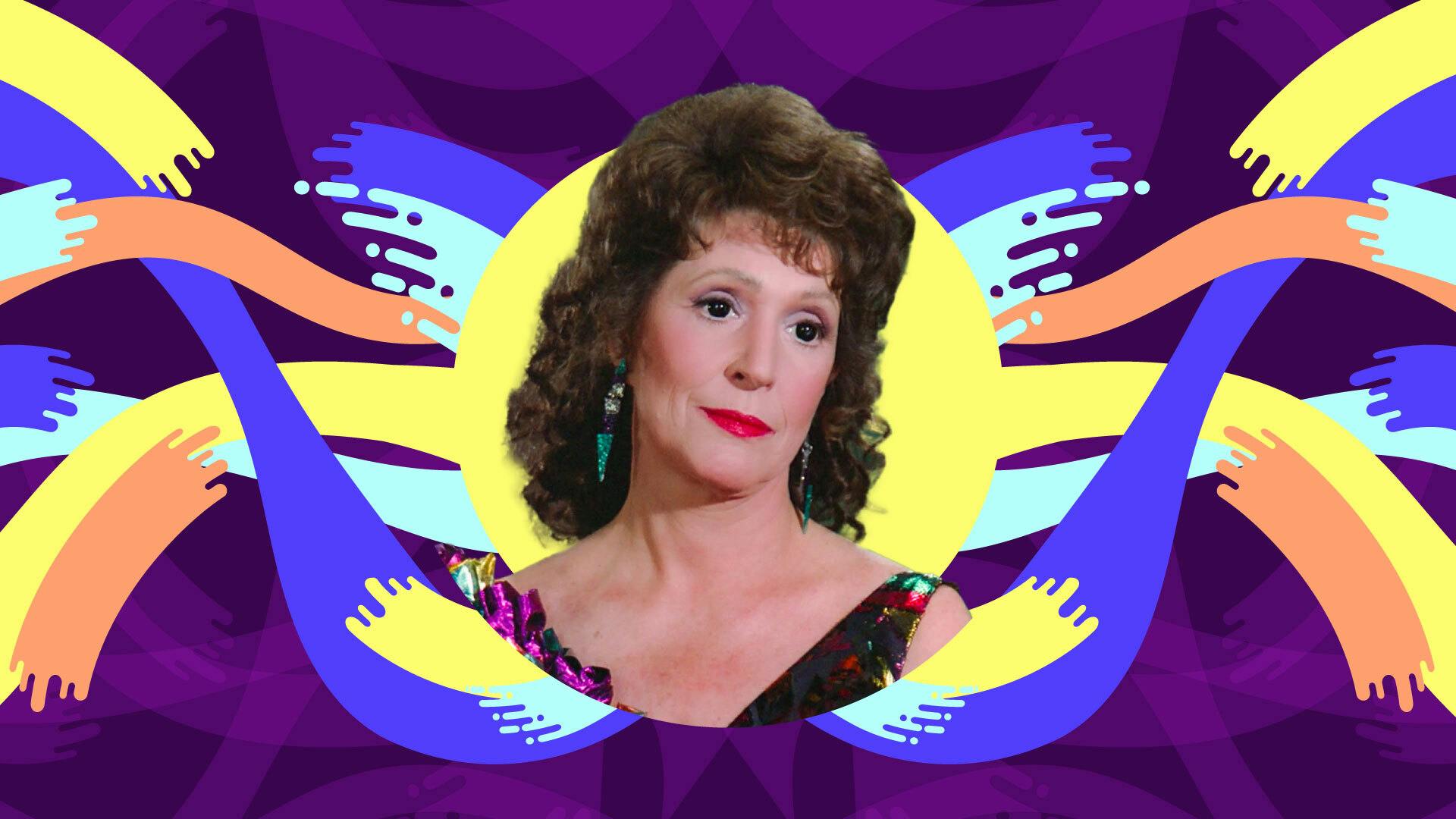Published Nov 13, 2024
Jean-Luc Picard: Starfleet's Hopepunk Captain
Picard stands as a testament to the power of hope.
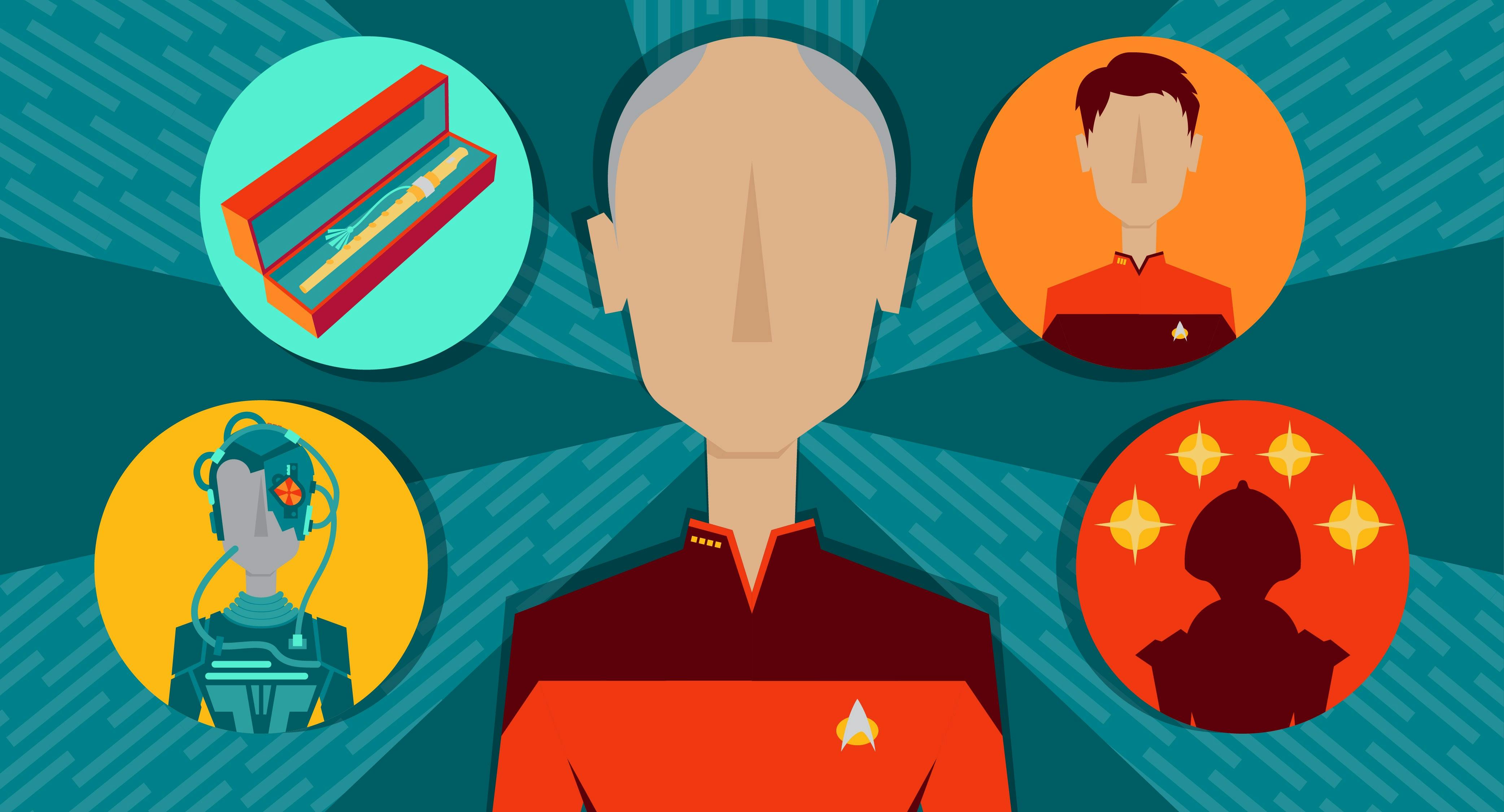
StarTrek.com
Knowing humans as thou dost, Captain, wouldst thou be captured helpless by them?
Q, "Encounter at Farpoint"
The first challenge presented to Jean-Luc Picard by the omnipotent Q was not a physical challenge, a logic puzzle, or a strategic military encounter. Instead, it was a simple thought experiment — knowing the history of humanity, would Picard deem it safe to be captured by them?
Q went on to call humanity "a dangerous, savage child race" and backed up the point with clear evidence. Wars over geographical domination, murdering in the name of religion, exploring deep space only to instigate violence; Q painted humanity in its worst light, resulting in a test for Picard to prove that humans had moved past that. Q's nihilistic vision of humans was 'grimdark,' even before the term hit our popular zeitgeist in the 2000s.

"Encounter at Farpoint"
StarTrek.com
Fittingly, the character of Jean-Luc Picard was defined by his response — compassionate, thoughtful, and with a strong moral compass. His ideals have crystallized in an idea gaining traction in popular culture under the term 'hopepunk.'
But what is hopepunk? Depending on who you ask, the definition can shift, but the general consensus is that hopepunk's umbrella covers things such as finding meaning in the struggle, building solutions through compassion, standing up for what you believe in, and pushing the world towards a kinder, more accepting place. It means understanding that kindness in itself is a form of resistance, one that can spark as much change as a violent revolution.
The actual term hopepunk came from fantasy novelist Alexandra Rowland in 2017 via a Tumblr post with the intention clearly stated, "The opposite of grimdark is hopepunk." Grimdark, of course, is the tonal descriptor given to much of the entertainment created in the 2000s and 2010s, where nihilism and violence live in a chicken-and-egg cycle. During this period, grimdark media hit the mainstream thanks to the changing media landscape and a greater acceptance towards more serious genre work and more serialized storytelling, seemingly peaking with The Walking Dead, Game of Thrones, and Christopher Nolan's Dark Knight trilogy.
SDCC 2019: Sir Patrick Stewart Gets An Enthusiastic Welcome
Hopepunk rejects that sort of nihilism and puts faith in a more optimistic vision (some might say a more Roddenberry-esque vision), one where stories champion right over might, acceptance over discrimination, hope over fear — even if it requires the ultimate sacrifice.
And there's nothing more hopepunk in science fiction than Jean-Luc Picard. In fact, Patrick Stewart seemed to have recognized this even before the term's recent surge in popularity. "During these past years, it has been humbling to hear stories about how brought people comfort, saw them through difficult periods in their lives, or how the example of Jean-Luc inspired so many to follow in his footsteps, pursuing science, exploration, and leadership," Stewart wrote upon announcing the new Picard series in 2018. "I feel I'm ready to return to him for the same reason — to research and experience what comforting and reforming light he might shine on these often very dark times."
How very hopepunk indeed. And how did Jean-Luc Picard inspire so many people? Let's take a look at seven moments where the captain of the Enterprise-D personified hopepunk.
The Ressikan Flute
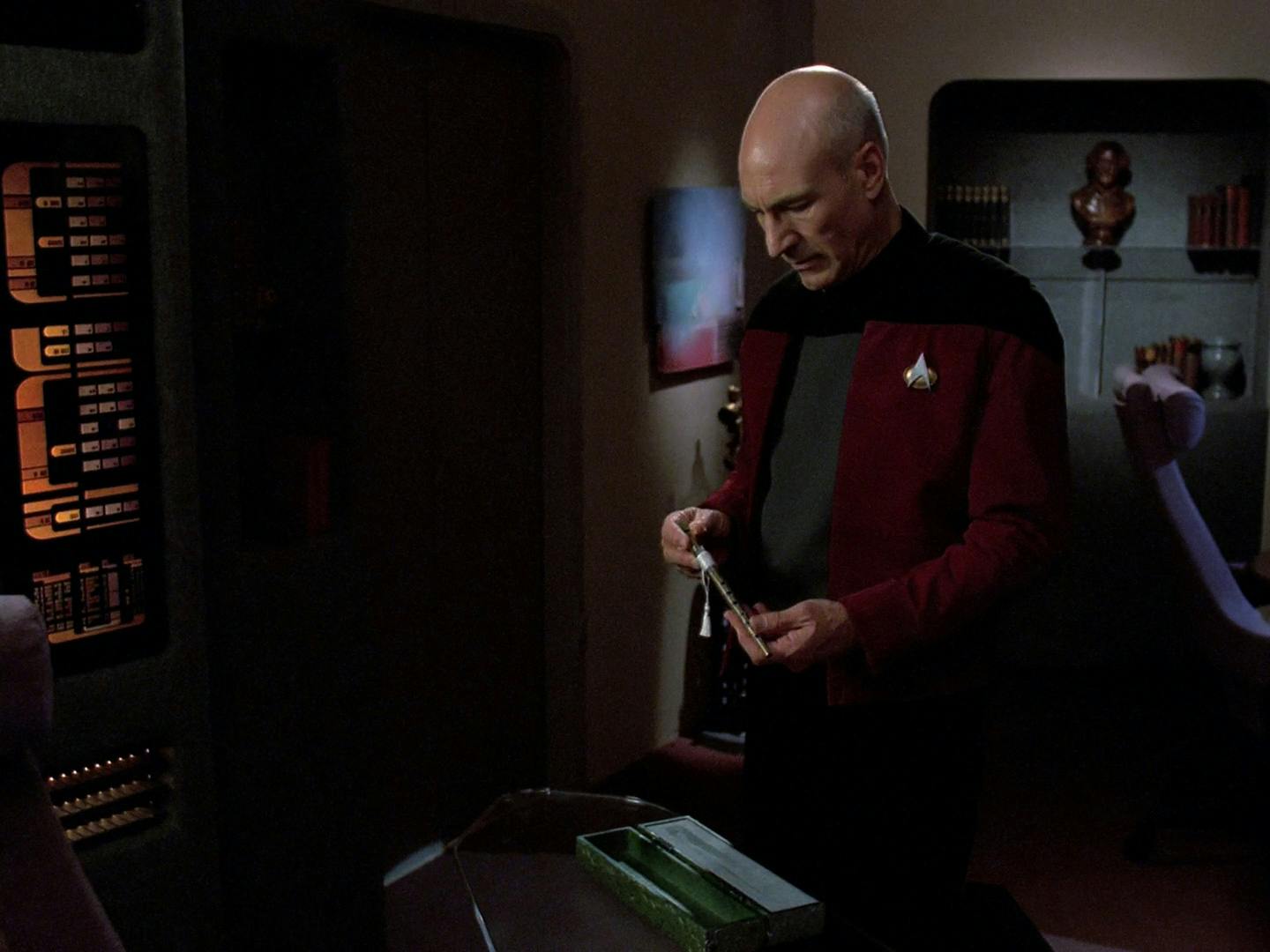
"The Inner Light"
StarTrek.com
"" is one of Star Trek's most beloved episodes, not only for the tour de force performance of Patrick Stewart but from the haunting lesson of how the spirit of someone, even an entire civilization, can live on through memory. The actual launch of the probe is in itself a very hopepunk idea, but the way that Picard understands its gravity — not just of his own personal experience, but of the cumulative memories of a people — compounds this notion.
Rather than treat the events of "The Inner Light" as a 'lesson of the week,' it became a touchstone for Picard, and the hope for that civilization echoed as an integral part of his character, most notably in the episode "," though the flute is seen in Picard's Ready Room in other episodes and the films.
A Chance at Life for Moriarty
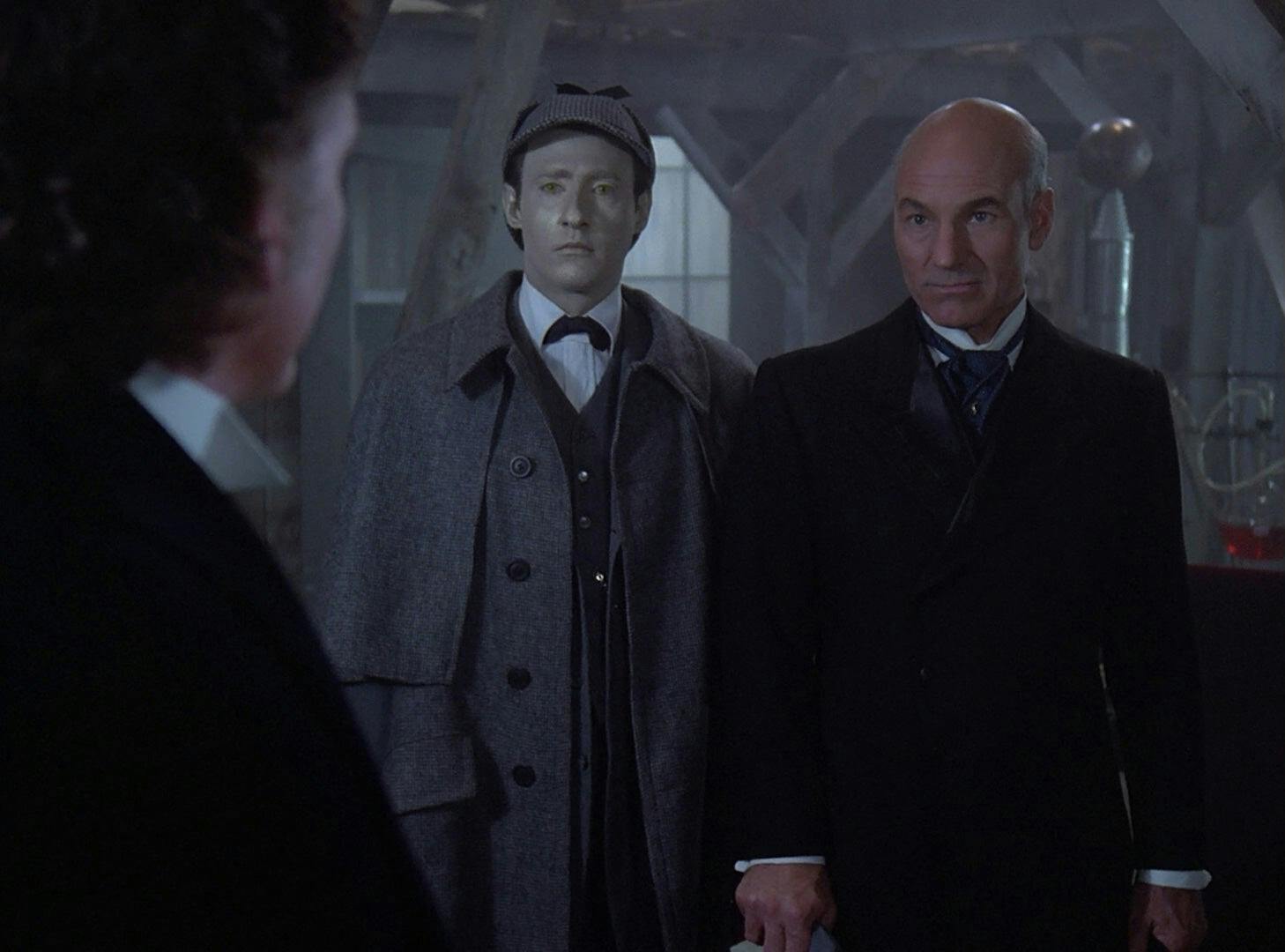
"Elementary, Dear Data"
StarTrek.com
In "," the holodeck was programmed to create a mystery and an adversary capable of taking on Data's android brain. The result was , who in most narratives — including his native Sherlock Holmes stories — would be a clear villain.
Yet despite Moriarty's unscrupulous behavior, Picard empathizes with his situation and recognizes his evolution as a potentially sentient being. Picard's decisions to not just preserve Moriarty, but also attempt to give him a meaningful existence demonstrates a significant level of compassion when he could have easily recognized Moriarty as a risk and deleted him.
Giving Hugh a Choice
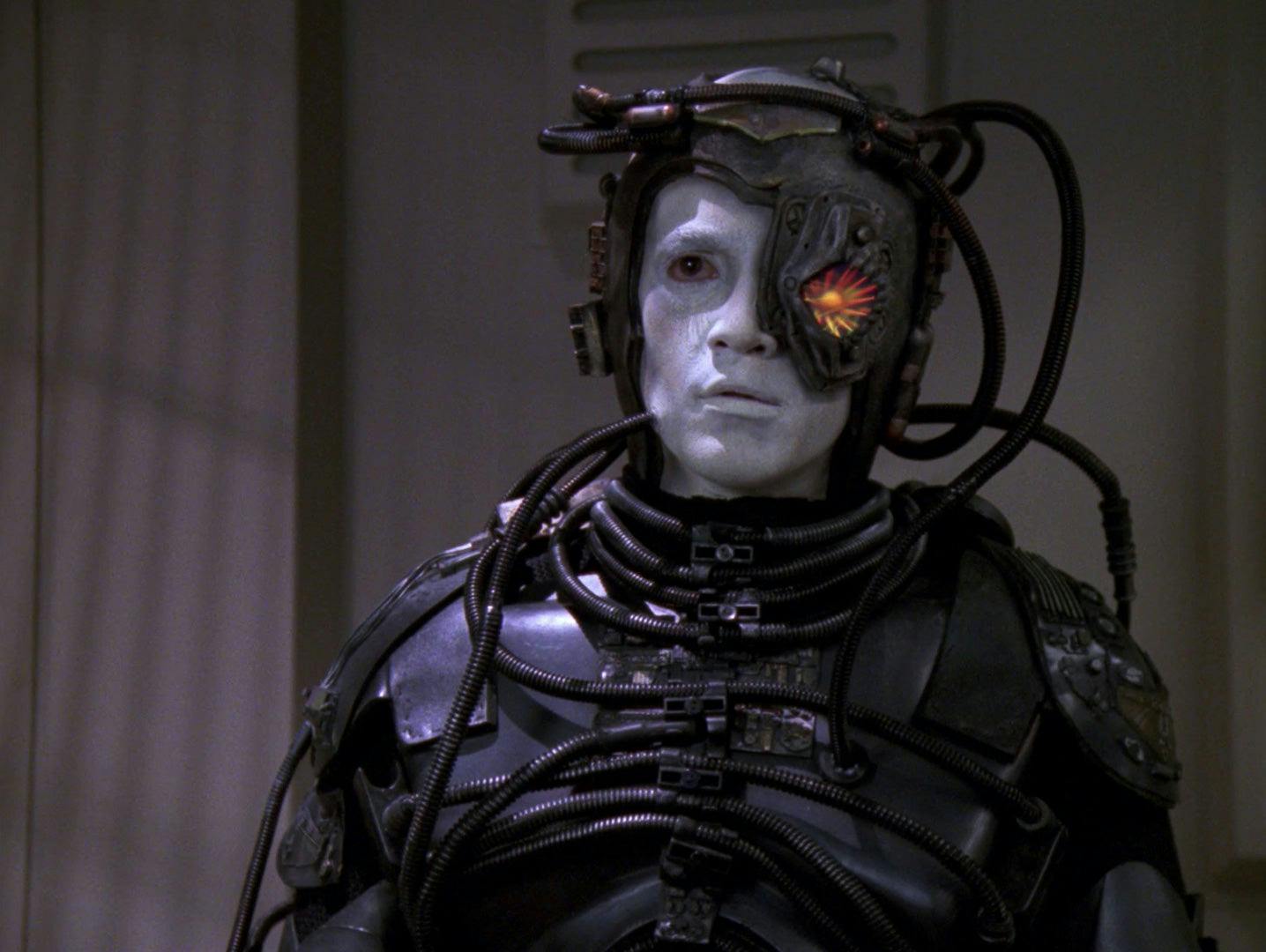
"I, Borg"
StarTrek.com
The PTSD impact of Picard's capture and assimilation into the Borg Collective echoed into numerous episodes beyond "," even going into the pilot of and getting its own film in . In between those, Picard still managed to put his personal demons aside as for Third of Five — or, as he becomes known upon discovering individuality, Hugh.
Using Hugh as a vector for an invasive program capable of breaking the Borg's collective processing was deemed by Picard as unacceptable, something that would put the Enterprise on the same level as them. Instead, Picard suggests inverting this, allowing Hugh to keep his identity and agency over his own destiny. With that action, Picard also hopes that the scan of Hugh brings a moment of individuality among the Borg Collective — a sense of hope and identity that may turn the tide in the relentless monolith that is the Borg.
When The Walls Fell

"Darmok"
StarTrek.com
Stranded on a remote planet with an adversary , Picard's journey during the episode "" represents a strong allegory about the importance of understanding to overcome a fear of the other.
In this case, Picard refuses to give up in his attempts to understand how Dathon is communicating, and this commitment to understanding — and empathy — is about as hopepunk as you can get. The phrase "Shaka, when the walls fell" may represent failure to Dathon, but the destruction of metaphorical walls between cultures is something we can all strive for.
The Guiding Principle of Starfleet
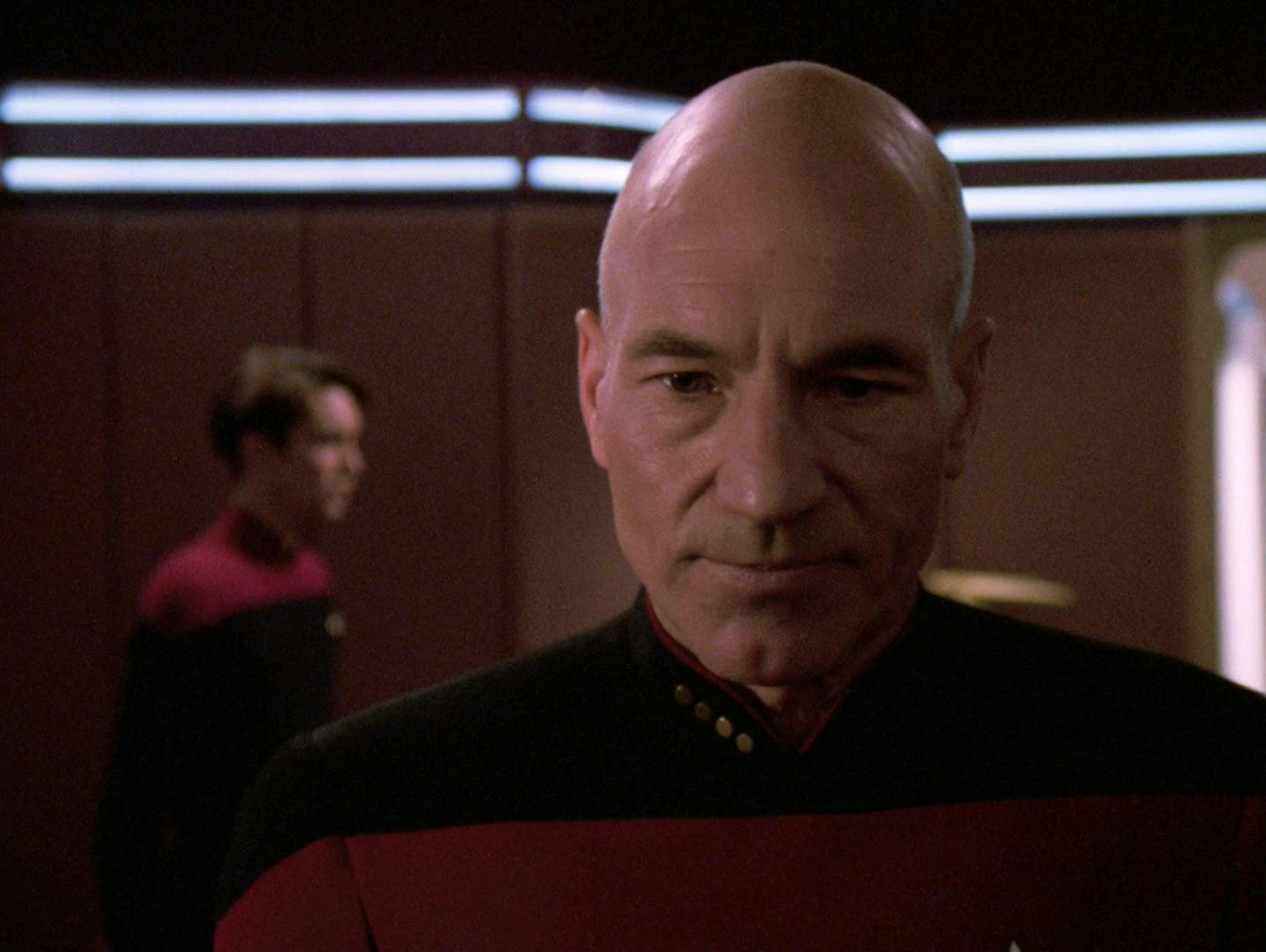
"The First Duty"
StarTrek.com
When addressing a violation of ethics at Starfleet Academy by Wesley Crusher in "," Picard pledges that Starfleet is more than conquering the stars or military might or even peacekeeping; it is about truth.
"The first duty of every Starfleet officer is to the truth, whether it's scientific truth, or historical truth, or personal truth! It is the guiding principle on which Starfleet is based, and if you can't find it within yourself to stand up and tell the truth about what happened, you don't deserve to wear that uniform."
Ideas of exploration and heroic space battles and other space opera tropes are exciting and romantic when compared to the simple notion of the truth. But Picard recognizes that without truth, everything else can easily be glossed over or obfuscated; truth is the foundation of hope, and maintaining that truth is a requirement to a strong moral compass.
"There Are Four Lights"
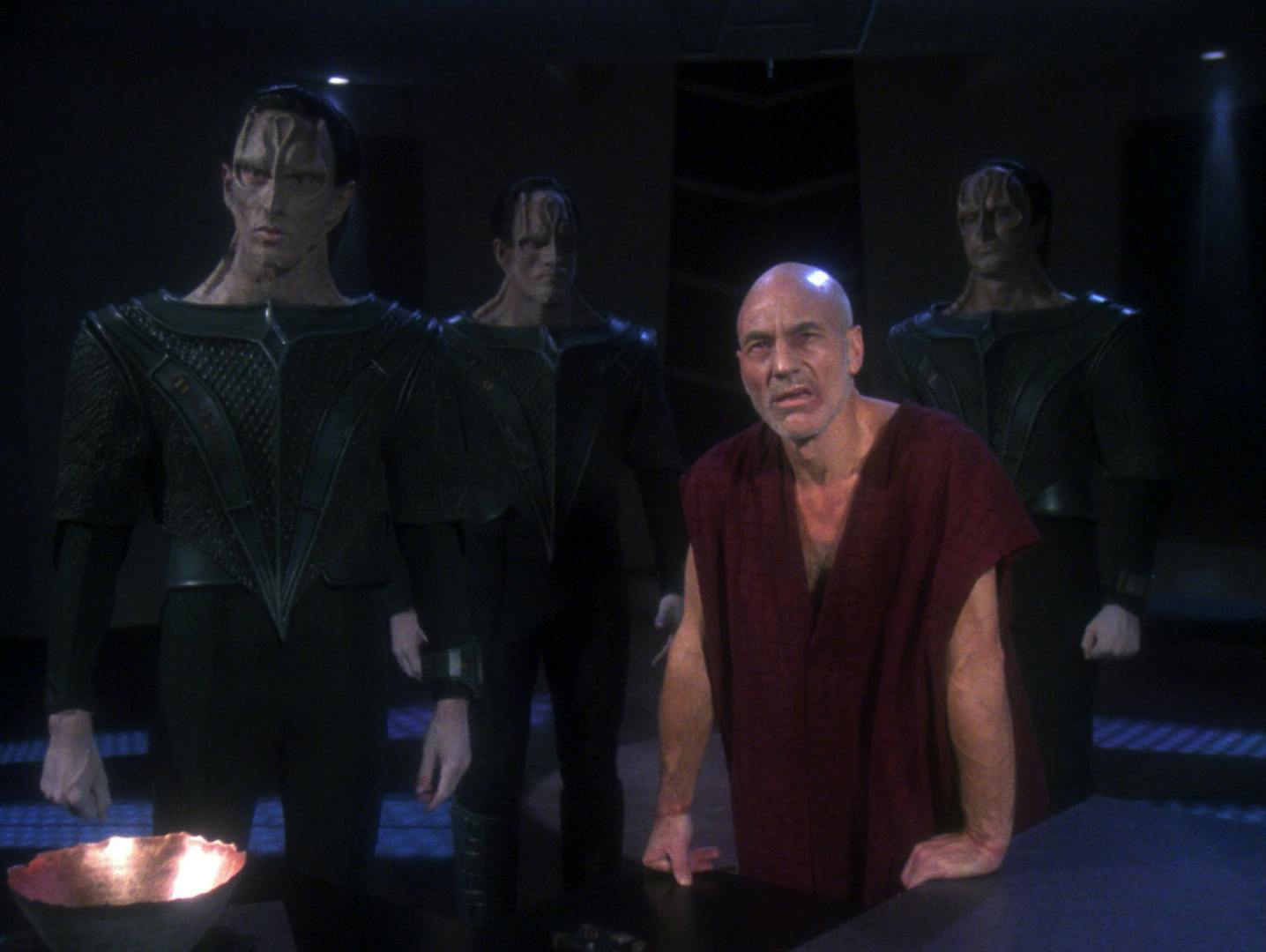
"Chain of Command, Part II"
StarTrek.com
The importance of truth is tested for Picard in the two-part "," and its relevance echoes particularly strong today. In an age where we are constantly bombarded with disinformation across digital media, the term "gaslighting" has become recognized in mainstream discourse. The fight that we all face, as Picard does, is maintaining the truth when someone is gaslighting you.
Through physical and mental torture at the hands of Cardassian officer Gul Madred, Picard clings onto the truth, even as Madred promises release should Picard break and admit the false statement that he is looking at five lights. Patrick Stewart's performance as he defiantly shouts "There are four lights!" is not just one of the most powerful moments in Star Trek, but a brilliant demonstration of the strength of human spirit in the face of overwhelming adversity.
The Price We Have to Pay
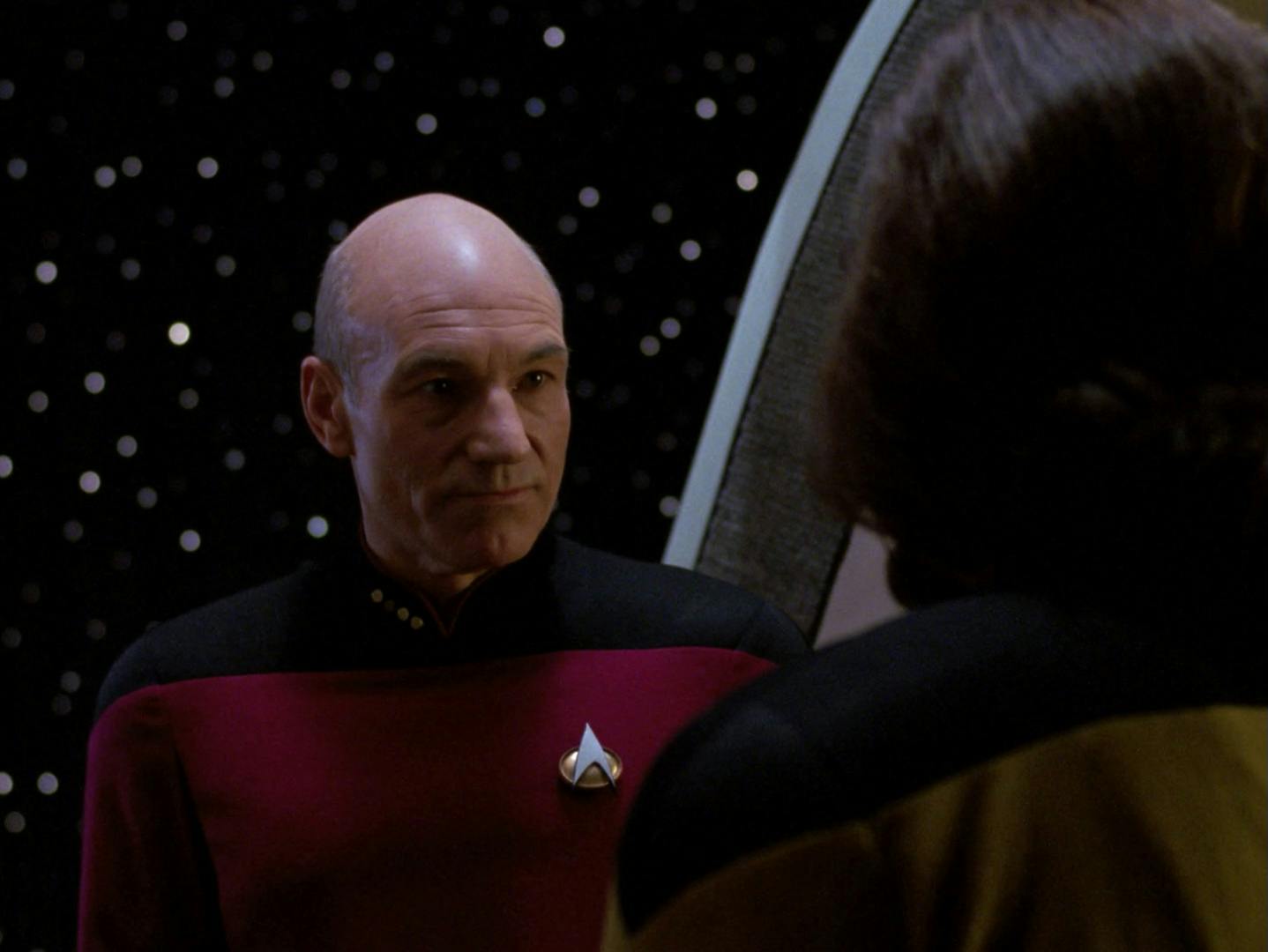
"The Drumhead"
StarTrek.com
The very idea of hope requires a certain bravery to care, and an understanding that maintaining hope is an investment in time and faith. In "," investigates an explosion, which soon becomes a means for exploiting her own personal bigotry. Her extremist views become exposed as she ignores facts to achieve her own vendetta. The episode becomes , with Picard using Satie's own words and lineage against her until her extremist views and conspiracy theories dissolve.
At the end of the episode, Picard notes that extremists like Satie are never truly gone, and instead in the wings for the right time to flourish. Keeping them at bay requires a commitment to keeping hope alive. "Vigilance," he says to Worf. "That is the price we have to continually pay."


